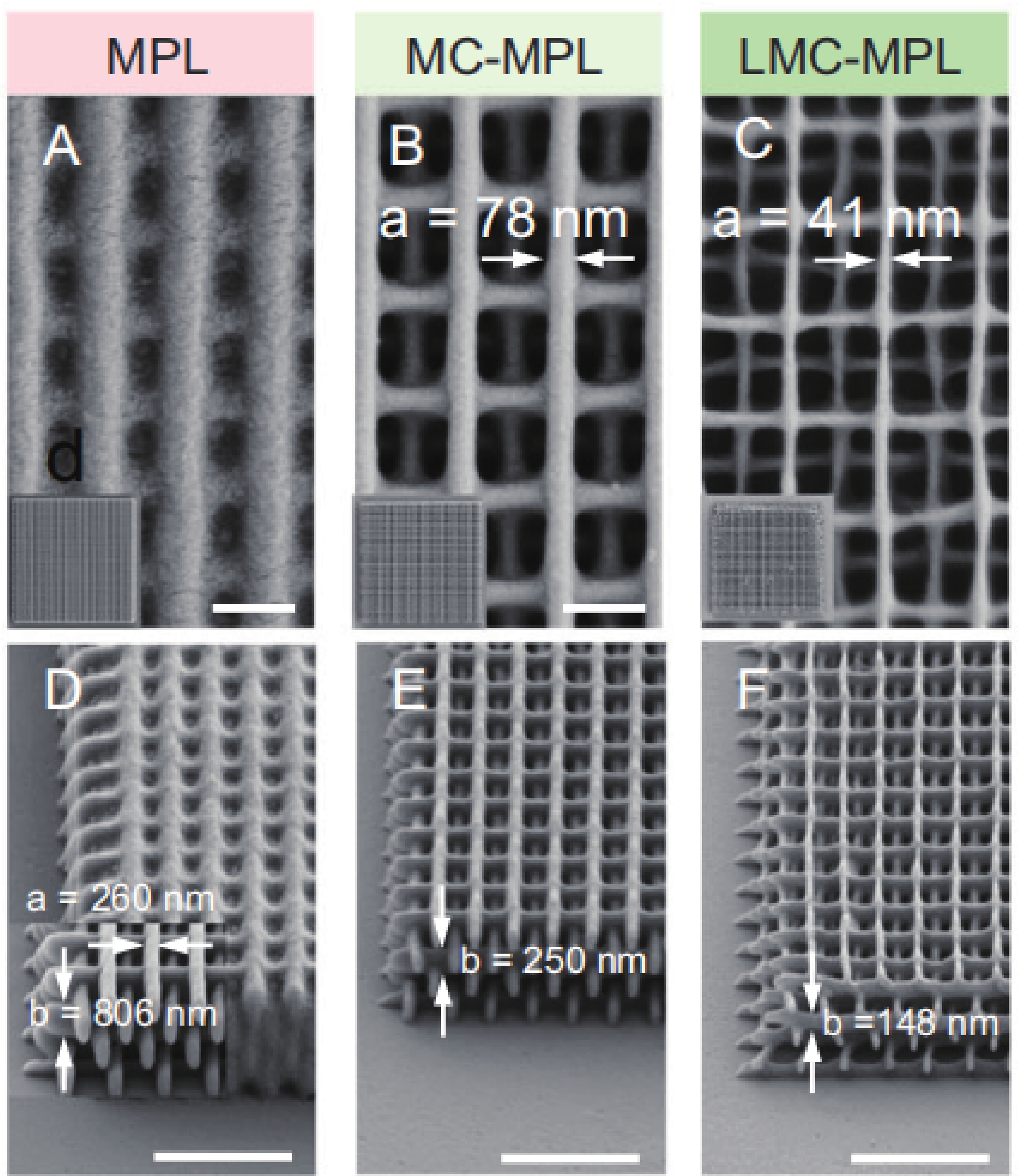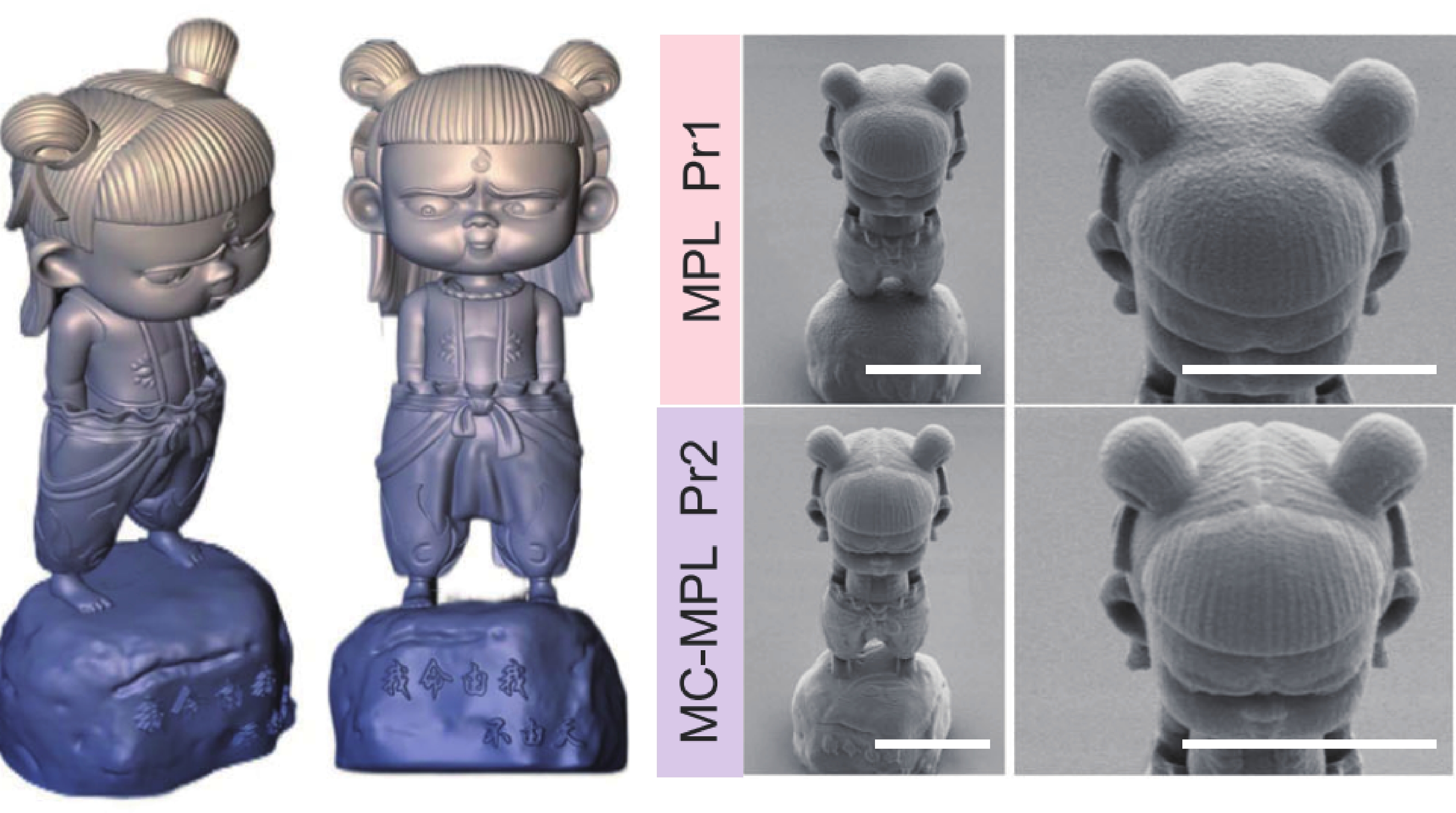| Citation: |
Jingyu Wang, Zhanfeng Guo, Zhu Wang, Zhengwei Liu, Daixuan Wu, He Tian. Light and matter co-confined multi-photon lithography: an innovative way to break through the limits of traditional lithography[J]. Journal of Semiconductors, 2025, 46(3): 030401. doi: 10.1088/1674-4926/24110023
****
J Y Wang, Z F Guo, Z Wang, Z W Liu, D X Wu, and H Tian, Light and matter co-confined multi-photon lithography: an innovative way to break through the limits of traditional lithography[J]. J. Semicond., 2025, 46(3), 030401 doi: 10.1088/1674-4926/24110023
|
Light and matter co-confined multi-photon lithography: an innovative way to break through the limits of traditional lithography
DOI: 10.1088/1674-4926/24110023
CSTR: 32376.14.1674-4926.24110023
More Information-
References
[1] Guan L L, Cao C, Liu X, et al. Author correction: Light and matter co-confined multi-photon lithography. Nat Commun, 2024, 15, 3730 doi: 10.1038/s41467-024-48298-x[2] Hong M H. Acousto-optic scanning multi-photon lithography with high printing rate. Opto Electron Adv, 2024, 7, 240003 doi: 10.29026/oea.2024.240003[3] Wickberg A, Abass A, Hsiao H H, et al. Second-harmonic generation by 3D laminate metacrystals. Adv Opt Mater, 2019, 7, 1801235 doi: 10.1002/adom.201801235[4] Scott T F, Kowalski B A, Sullivan A C, et al. Two-color single-photon photoinitiation and photoinhibition for subdiffraction photolithography. Science, 2009, 324, 913 doi: 10.1126/science.1167610[5] Cao C, Qiu Y W, Guan L L, et al. Dip-In photoresist for photoinhibited two-photon lithography to realize high-precision direct laser writing on wafer. ACS Appl Mater Interfaces, 2022, 14, 31332 doi: 10.1021/acsami.2c08063[6] Cao C, Liu J T, Xia X M, et al. Click chemistry assisted organic-inorganic hybrid photoresist for ultra-fast two-photon lithography. Addit Manuf, 2022, 51, 102658 doi: 10.1016/j.addma.2022.102658[7] Debye P. Das verhalten von lichtwellen in der Nähe eines brennpunktes oder einer brennlinie. Ann Der Phys, 1909, 335, 755 doi: 10.1002/andp.19093351406[8] Rayleigh L. XII. On the manufacture and theory of diffraction-gratings. Lond Edinb Dublin Philos Mag J Sci, 1874, 47, 81 doi: 10.1080/14786447408640996 -
Proportional views





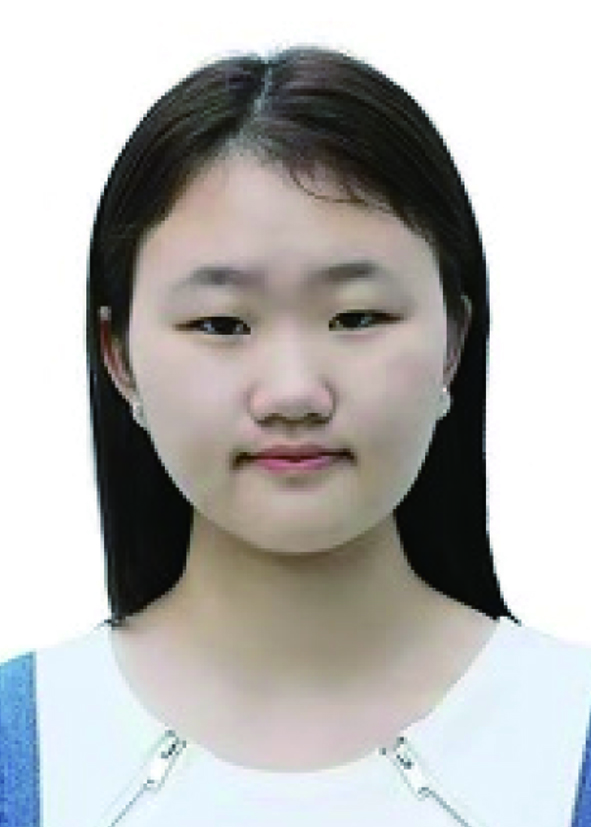 Jingyu Wang received her bachelor’s degree in 2024 from Jilin University. Her undergraduate major is Microelectronics Science and Engineering. Now she is a graduate student in the School of Integrated Circuit, Tsinghua University, under the supervision of Prof. He Tian.
Jingyu Wang received her bachelor’s degree in 2024 from Jilin University. Her undergraduate major is Microelectronics Science and Engineering. Now she is a graduate student in the School of Integrated Circuit, Tsinghua University, under the supervision of Prof. He Tian.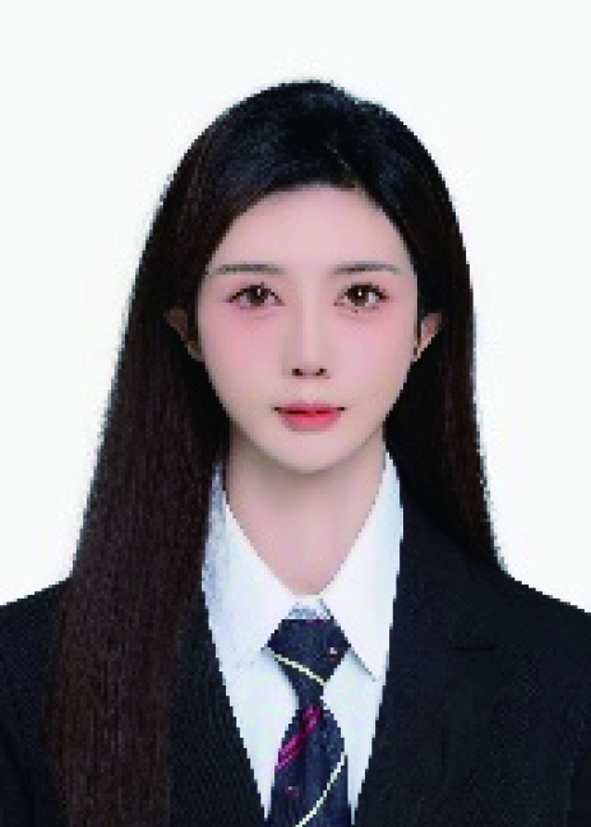 Daixuan Wu, Ph.D. in Engineering from the University of Pennsylvania, previously served as the Chief Engineer at AVIC gyroscope (Xi'an) Optoelectronic Technology Co., Ltd, and is currently a researcher at School of Integrated Circuits, Tsinghua University. She holds positions as a Master's supervisor at Xi'an Jiaotong University and a Ph.D. supervisor at Xiamen University. She has long been engaged in the research of MEMS sensors and low-dimensional materials. Dr. Wu has participated in the design of over 40 different models, covering fields such as aviation, aerospace, weaponry, and naval engineering.
Daixuan Wu, Ph.D. in Engineering from the University of Pennsylvania, previously served as the Chief Engineer at AVIC gyroscope (Xi'an) Optoelectronic Technology Co., Ltd, and is currently a researcher at School of Integrated Circuits, Tsinghua University. She holds positions as a Master's supervisor at Xi'an Jiaotong University and a Ph.D. supervisor at Xiamen University. She has long been engaged in the research of MEMS sensors and low-dimensional materials. Dr. Wu has participated in the design of over 40 different models, covering fields such as aviation, aerospace, weaponry, and naval engineering.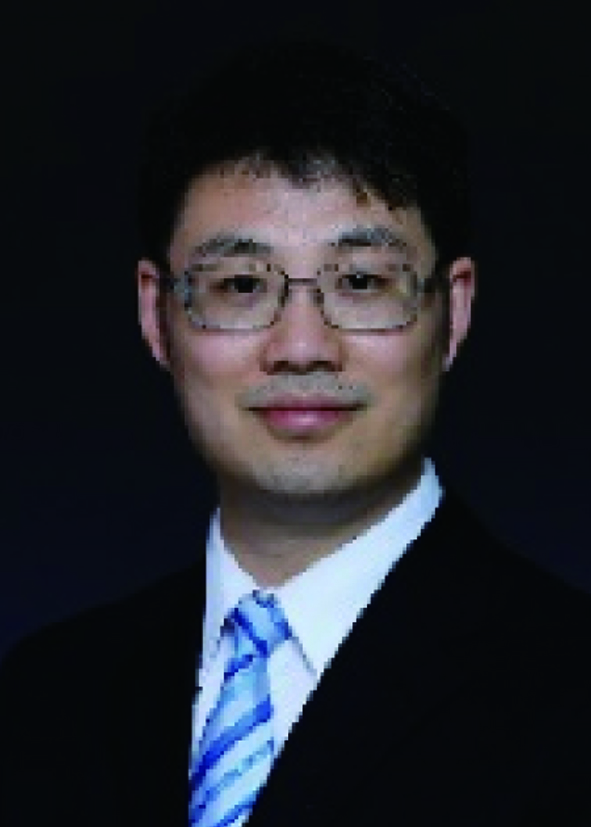 He Tian received his Ph.D. degree from the Institute of Microelectronics, Tsinghua University in 2015. He is currently a Tenured Associate Professor and Deputy Director at Institute of Integrated Electronics, School of Integrated Circuits, Tsinghua University. He is the recipient of the National High-level Leading Talents, National Outstanding Youth Foundation and Highly Cited Scholar in Web of Science 2024. His current research interest includes various 2D material-based devices with more than 250 publications and more than 10000 times citations.
He Tian received his Ph.D. degree from the Institute of Microelectronics, Tsinghua University in 2015. He is currently a Tenured Associate Professor and Deputy Director at Institute of Integrated Electronics, School of Integrated Circuits, Tsinghua University. He is the recipient of the National High-level Leading Talents, National Outstanding Youth Foundation and Highly Cited Scholar in Web of Science 2024. His current research interest includes various 2D material-based devices with more than 250 publications and more than 10000 times citations.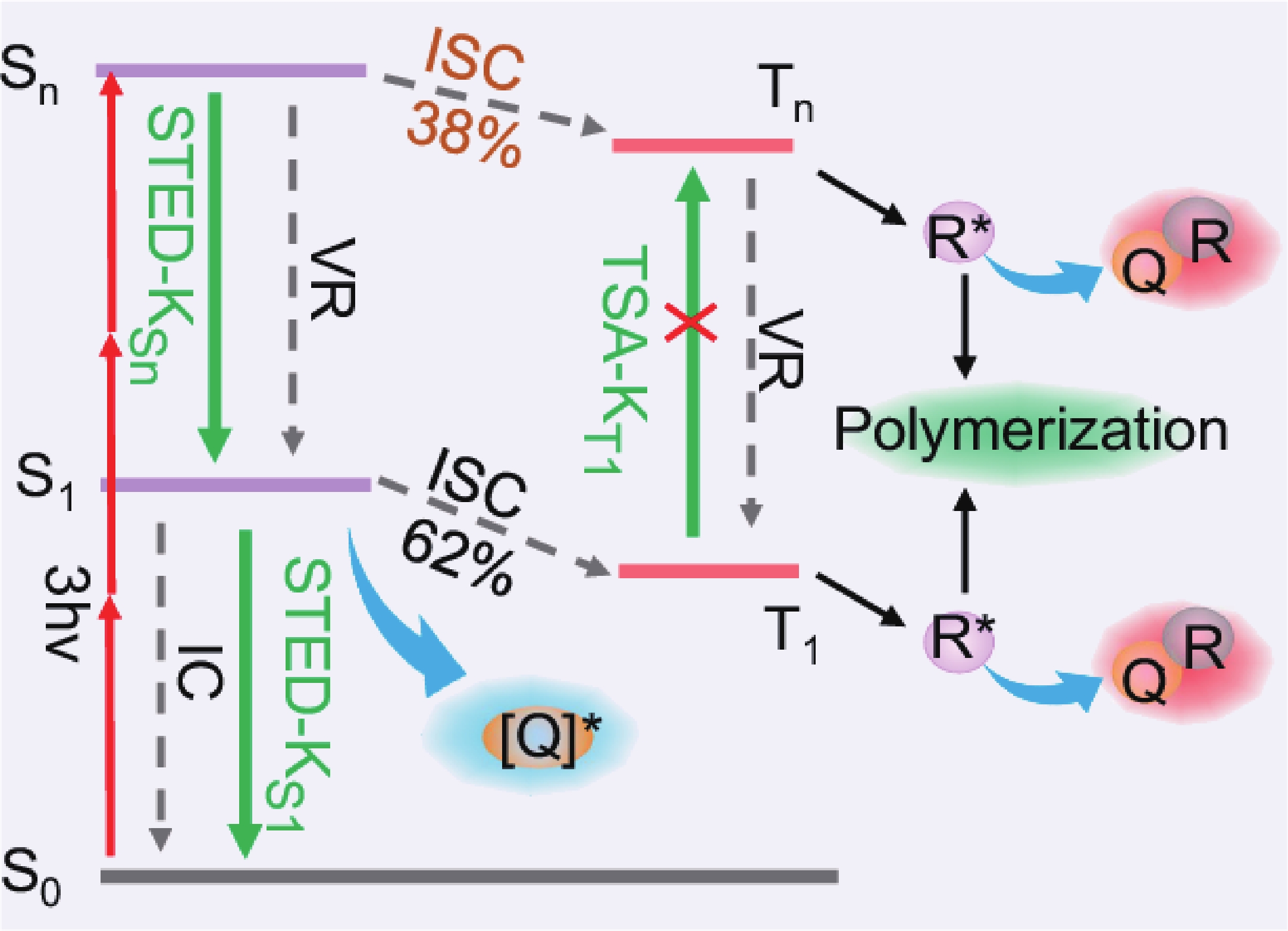
 DownLoad:
DownLoad:
